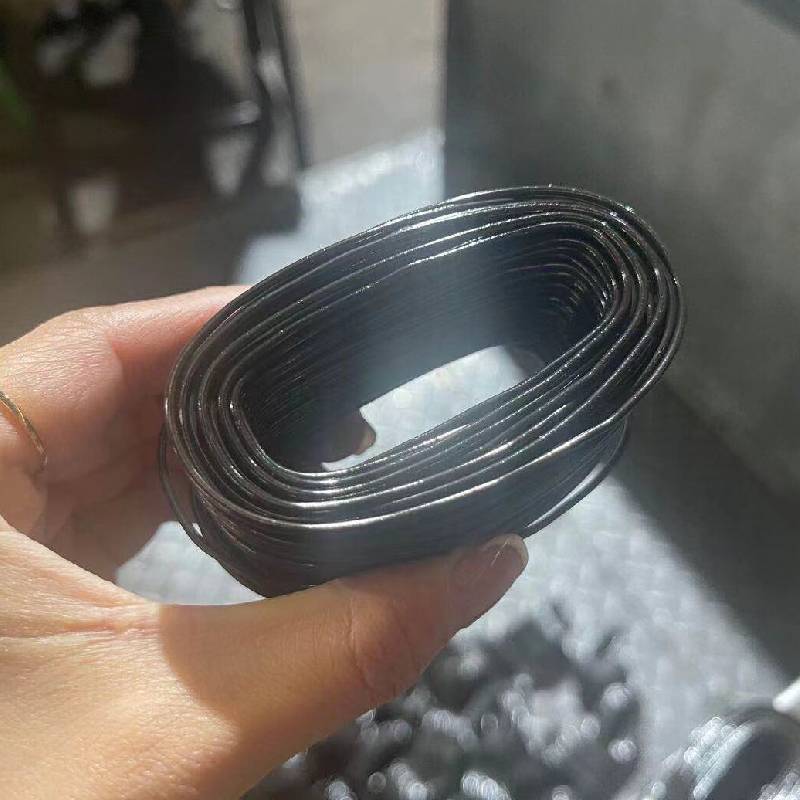
- Mobile Phone
- +8613931874955
- sales@cntcmetal.com
wire compression springs
Understanding Wire Compression Springs
Wire compression springs are essential mechanical components used across various industries due to their ability to store and release energy efficiently. These springs are manufactured from coiled wire and, as their name suggests, they are designed to compress when a force is applied. This unique feature makes them indispensable in applications ranging from automotive to consumer electronics.
At their core, wire compression springs work on the principle of elasticity. When an external force compresses the spring, the coils of wire push against each other. This force creates potential energy, which can be released when the load is removed, allowing the spring to return to its original, uncompressed shape. The efficiency of this energy storage system makes compression springs ideal for applications that require repeated loading and unloading.
The construction of wire compression springs is a critical factor in their performance. The diameter of the wire, the coil diameter, and the total number of active coils all influence the spring's characteristics, such as its stiffness and load-bearing capacity. Generally, thicker wire results in a sturdier spring, while more coils can lead to a more flexible action. Engineers must carefully calculate these parameters to ensure that the spring meets the specific requirements of its intended application.
wire compression springs

One of the significant advantages of wire compression springs is their versatility. They can be custom-designed in various sizes and shapes to meet specific requirements, making them suitable for applications in automotive systems, industrial machinery, furniture, and even everyday household items like pens and toys. Furthermore, they can be manufactured using different materials, including steel, stainless steel, and even plastic, depending on the environment in which they will operate.
In addition to their mechanical properties, industry standards govern the quality of wire compression springs. Organizations such as ASTM International provide guidelines and specifications to ensure consistency and reliability in production. Quality assurance processes, including load testing and visual inspections, are often employed to ensure that each spring meets the required standards.
Manufacturers also pay great attention to surface finish and coatings. A smooth finish helps to reduce friction, which can enhance performance and longevity. Coatings, such as zinc plating or powder coating, can provide corrosion resistance and further extend the service life of the spring.
In conclusion, wire compression springs are vital components that offer crucial mechanical advantages in a variety of applications. Their ability to efficiently store and release energy, combined with their versatility in design and materials, makes them a staple in numerous industries. As technology continues to evolve, so too will the designs and applications of wire compression springs, ensuring their place as a key element in modern engineering and manufacturing. Understanding their properties and applications enables engineers and designers to leverage their capabilities, leading to innovative solutions in product development and design.
share:
-
Your Source for Concrete Wall Ties and Masonry AccessoriesNewsJul.10,2025
-
Unlocking the Power of Iron Wire for Every ProjectNewsJul.10,2025
-
Explore Advanced Chain Wire and Stainless Steel Mesh FencingNewsJul.10,2025
-
Discover the Benefits of Annealed Wire ProductsNewsJul.10,2025
-
Discover China Stainless Steel Wire Mesh SolutionsNewsJul.10,2025
-
Build with Confidence Using High-Performance Masonry AccessoriesNewsJul.10,2025
-
Why Sacrificial Formwork Is Redefining Underground ConstructionNewsJun.06,2025



















